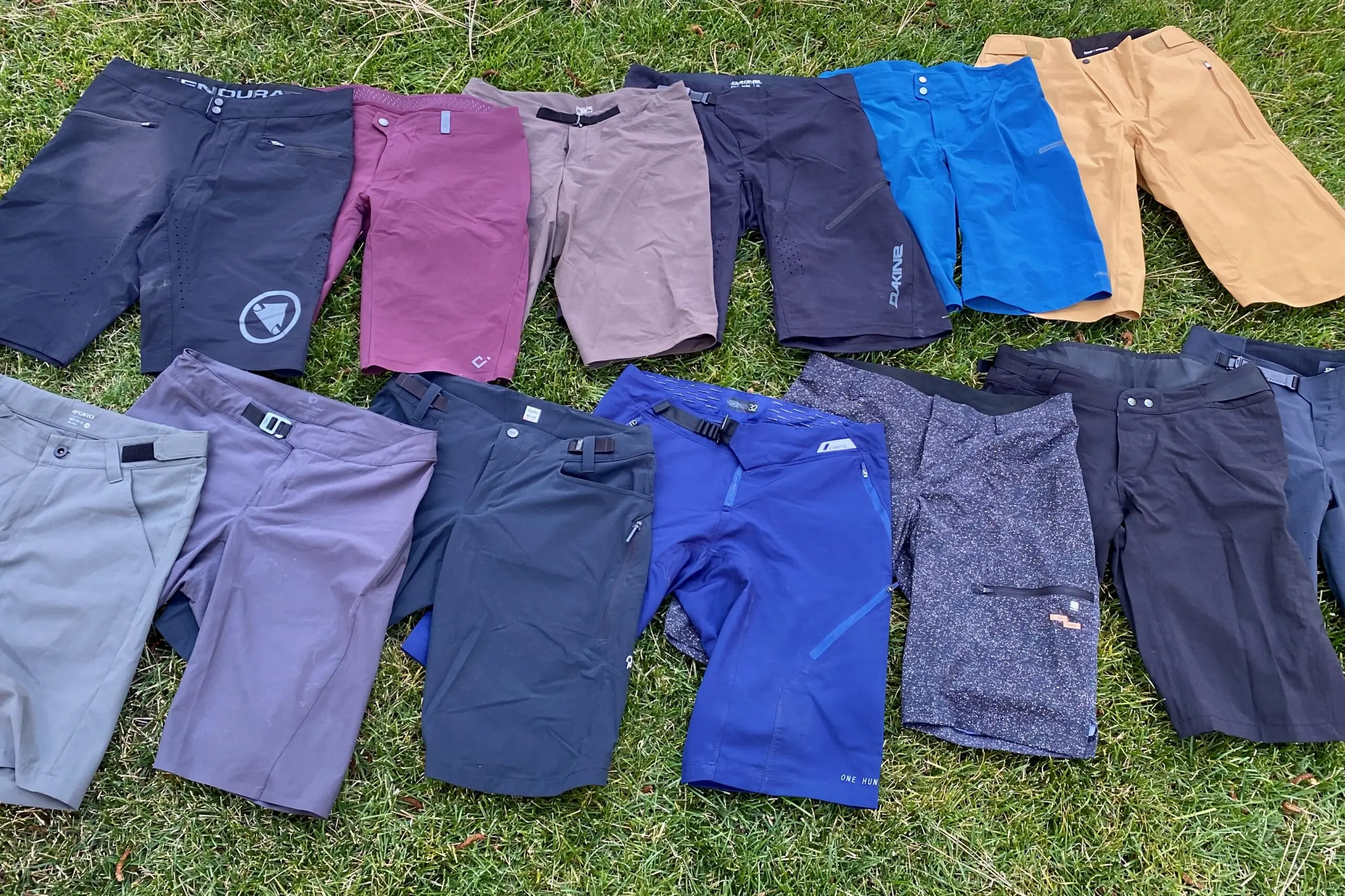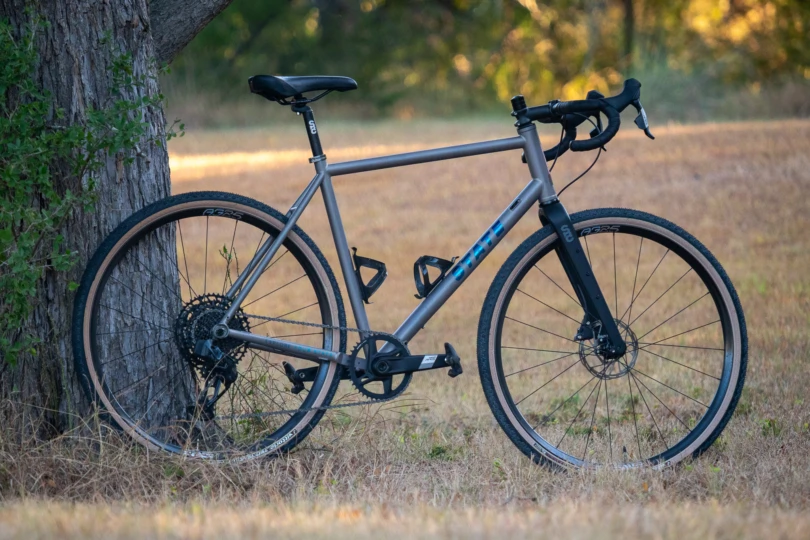
We covered the Giro Air Attack bike helmet launch last week in a photo-heavy “first look” post. Today, we dig in with a review of the helmet, which was debuted at the Tour de France last summer and went on sale this spring to speed-crazy cyclists everywhere.
(See more photos of the Giro Air Attack helmet line on this page)
I’ve been wearing the streamlined Air Attack on training rides this spring. The high-end helmet, $200, is unique in that it balances a cut-through-the-wind design with comfort and ventilation.

Traditionally, serious time-trial bike racers and triathletes wear helmets with dramatic, swoop-away tails. These “aero” helmets cut wind drag but are heavier and hotter than regular road helmets.
Giro’s offering sits in between a highly-vented road bike helmet and the “speed racer” look of the aero design.
The Air Attack is touted to reduce wind drag yet remain comfortable for the long haul on a hot road.

I could feel the difference. Tucking on a road bike to 30mph, the Air Attack was noticeably quieter than my normal helmet. Air seemed to split off my forehead.
Giro tested its Air Attack models extensively in wind tunnels. The company cites figures on increased speed and touts the “lowest wind-averaged aerodynamic drag” of any road-helmet design.
In truth, mainly experienced road racers will notice a big change. The average cyclist may gain a few seconds of time over a long ride with the Air Attack’s aero advantage.

But the helmet breathes and vents similar to its road-helmet cousins, so even with the subtle gain it may have wide appeal.
Vents on the helmet let air flow through. An internal harness system keeps the head a few millimeters from the inside of the shell, allowing air to swirl in and cool.
On a recent hot day I could feel the effect. Indeed, the helmet seems like it’d be hot when you’re standing still. But air flows in with ease as soon as a bike gets up to speed.
continued on next page. . .






